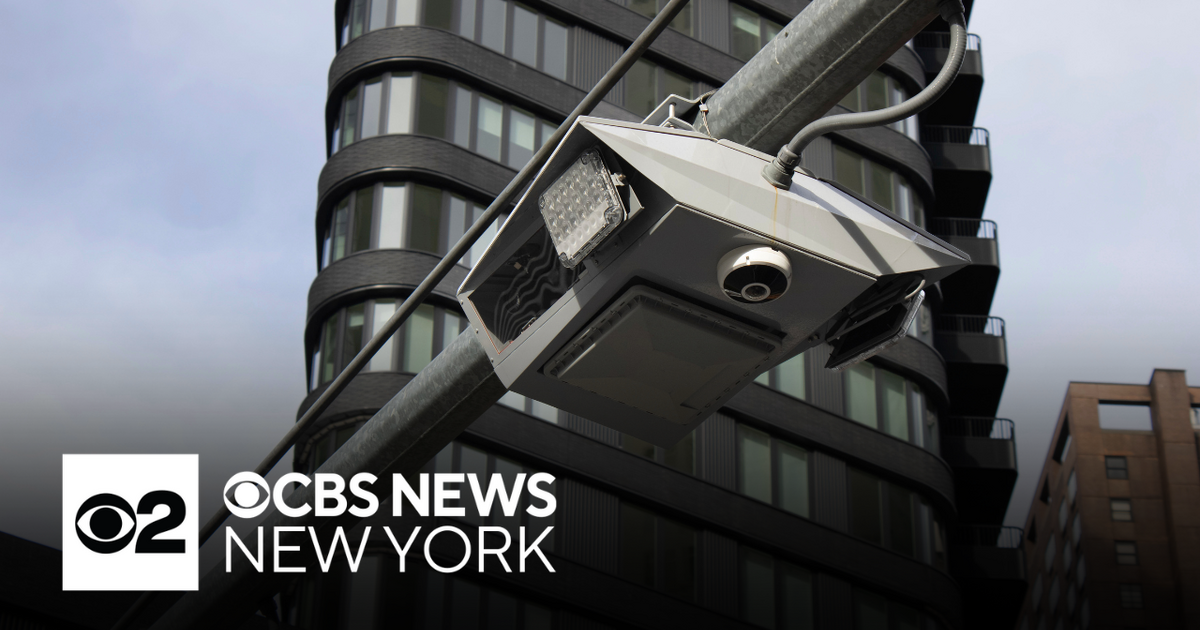City's Traffic Toll: MTA Weighs Congestion Pricing Bombshell

Anticipation Builds as MTA Toll Revenue Data Prepares to Unveil Financial Impact
Transportation officials are set to release crucial financial insights on Monday, shedding light on the revenue generated by the Metropolitan Transportation Authority's (MTA) toll collection program. The upcoming data release comes at a critical moment, as the future of the toll system hangs in the balance of ongoing discussions and evaluations.
Stakeholders and city planners are eagerly awaiting the detailed breakdown, which will provide a comprehensive look at the economic contributions of the toll program. The figures are expected to offer key insights into how these tolls are supporting infrastructure improvements and transportation funding.
With uncertainty surrounding the program's long-term sustainability, this upcoming data release could prove pivotal in determining the next steps for the MTA's financial strategy. Transportation experts and local officials are poised to analyze the numbers, potentially influencing future policy decisions and funding allocations.

